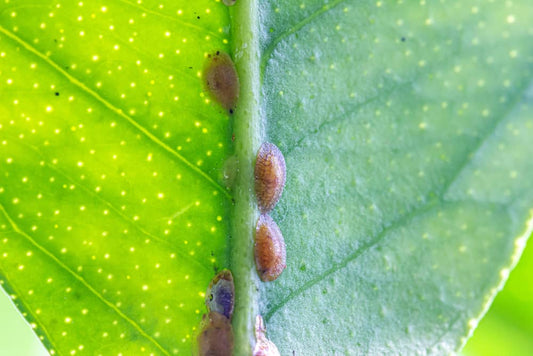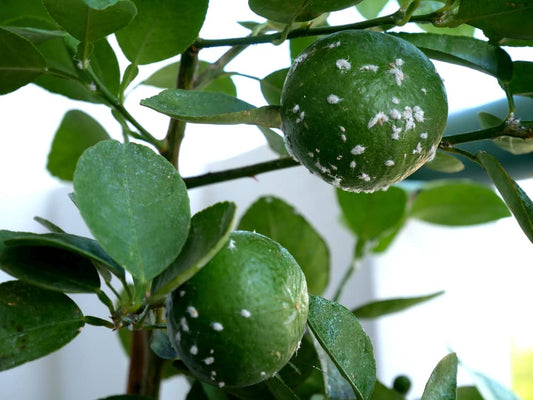Mosaic viruses, such as Tobacco Mosaic Virus (TMV), Cucumber Mosaic Virus (CMV), and Tomato Mosaic Virus (ToMV), pose a significant challenge in hydroponics due to their persistent nature and ease of transmission. These viruses lead to distinctive mottling and distortion of leaves, stunted growth, and reduced yields, impacting a wide range of plant species. Management in hydroponic systems primarily emphasizes prevention since there is no cure once a plant becomes infected.
Understanding Mosaic Viruses
Mosaic viruses induce symptoms like yellowing and mottling of leaves, distorted leaf and fruit shapes, and stunted plant growth. They can infect various plant parts, leading to significant crop losses. The viruses are transmitted mechanically through handling, tools, and insects, and can persist on surfaces and in plant debris for long periods.
Conditions Favoring Virus Spread
Unlike other pathogens that may be drawn to specific environmental conditions, mosaic viruses are introduced through infected plant material, contaminated tools, or vector transmission, such as by aphids. They can pose a problem year-round in hydroponic systems due to the controlled environment and continuous plant cultivation.
Preventive Measures
- Sanitation: Regular disinfection of tools, workspaces, and system components is critical to minimize the risk of virus transmission.
- Quarantine New Plants: Isolate new additions to the hydroponic setup to ensure they are not carrying viruses.
- Vector Control: Implementing insect control measures is crucial to manage vectors like aphids and thrips that can transmit viruses.
- Use of Resistant Varieties: Opt for plant varieties that are resistant or tolerant to common mosaic viruses whenever possible.
- Avoid Mechanical Damage: Gentle handling of plants reduces the risk of creating entry points for viruses.
Treatment Strategies
Since there is no treatment for plants infected with mosaic viruses, it is essential to promptly remove and destroy infected specimens to prevent their spread. The emphasis is on preventive measures to safeguard the remaining healthy plants.
Monitoring and Maintenance
Regular inspections for symptoms of mosaic viruses and implementing strict hygiene practices are essential in a hydroponic system. Physical barriers or insect management strategies may be used to control vector populations effectively.
Key Strategies for Mosaic Virus Management
- Preventive Strategies: Emphasize sanitation, quarantine of new plants, and vector control to prevent the introduction and spread of viruses.
- Cultural Practices: Utilize resistant varieties and avoid mechanical damage to plants to reduce the risk of virus infection.
Mosaic viruses present a unique challenge in hydroponic systems, underscoring the importance of prevention, strict sanitation, and vigilant monitoring. By following these management practices, hydroponic gardeners can reduce the risk of these viruses, thereby ensuring the health and productivity of their crops.




